Home>Ideas and Tips>How To Design A Low-Water Garden
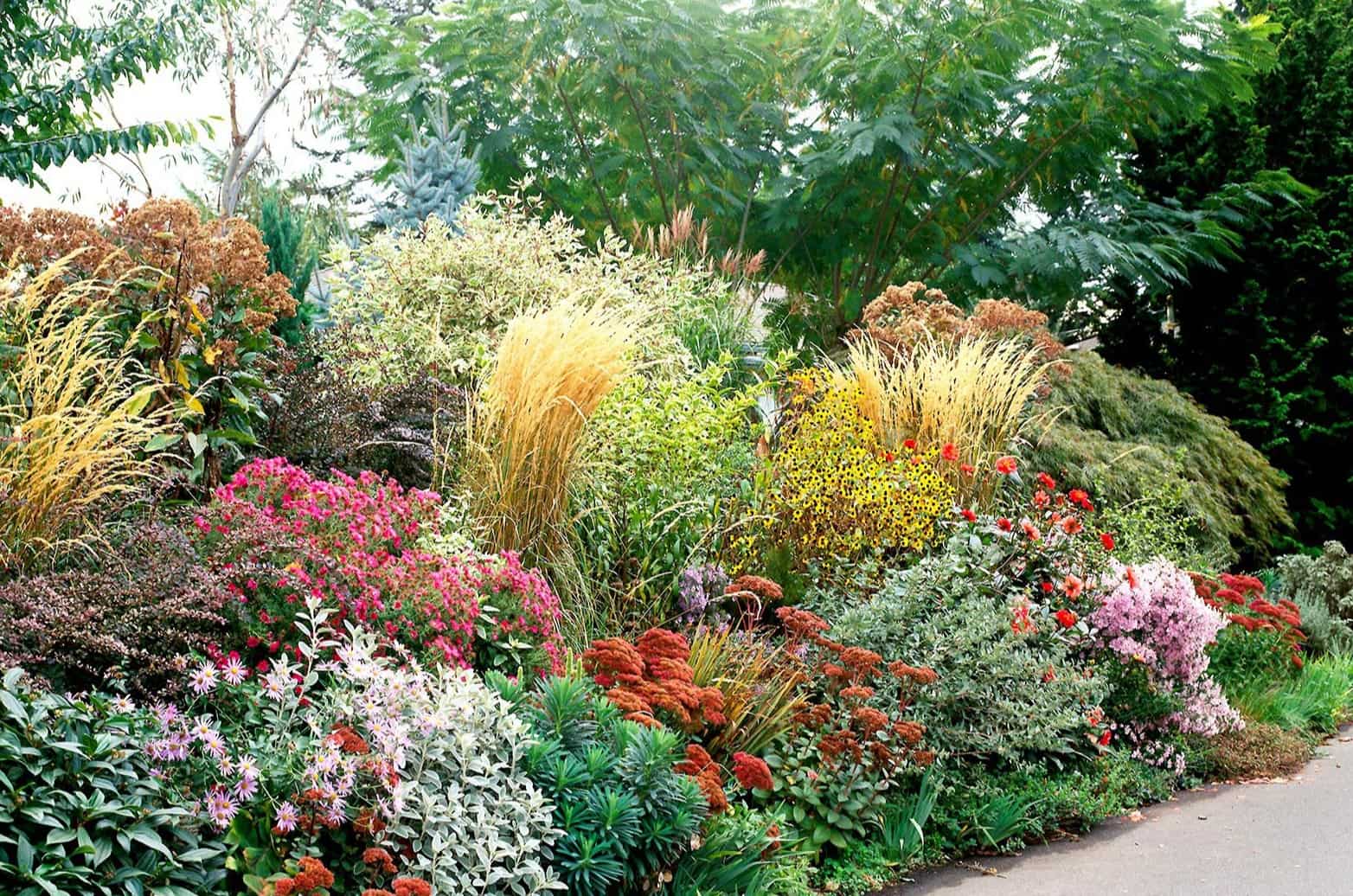

Ideas and Tips
How To Design A Low-Water Garden
Published: August 28, 2024
Learn how to design a stunning, eco-friendly low-water garden that conserves water, saves money, and supports local ecosystems.
(Many of the links in this article redirect to a specific reviewed product. Your purchase of these products through affiliate links helps to generate commission for Storables.com, at no extra cost. Learn more)
Designing a low-water garden is not just about saving water; it's about creating a beautiful, sustainable space that thrives with minimal resources. In today's world, where water conservation is increasingly important, a low-water garden is both environmentally friendly and cost-effective. With rising water costs and growing awareness of our planet's limited resources, a garden that flourishes with little water is a smart choice. This article will guide you through designing a stunning, productive low-water garden, giving you the knowledge and strategies to make your outdoor space both beautiful and water-efficient.
Understanding the Importance of Low-Water Gardens
Low-water gardens are crucial for several reasons. Water is a limited and expensive resource, and using it efficiently in your garden can have significant environmental and financial benefits. Here are some key reasons why low-water gardens are important:
- Water Conservation: By using less water, you help conserve this precious resource. This is especially important in regions prone to droughts or areas where water scarcity is a significant issue.
- Financial Savings: Lower water bills are a direct result of using less water in your garden. This can be a substantial savings over time, especially for larger gardens.
- Environmental Benefits: Low-water gardens often incorporate drought-tolerant plants that require less maintenance and support local ecosystems. This approach promotes biodiversity and reduces the need for chemical fertilizers and pesticides.
- Aesthetic Appeal: Many people assume that low-water gardens are dull and unattractive, but the opposite is true. With the right selection of plants and design strategies, you can create a visually stunning outdoor space that thrives with minimal water.
Read more: How To Design A Low-Maintenance Landscape
Choosing the Right Plants
The first step in designing a low-water garden is selecting the right plants. Not all plants are created equal when it comes to their water requirements. Here are some tips for choosing plants that will thrive in a low-water environment:
Native Plants
Native plants have evolved over time to thrive in your local climate and soil conditions. They require less maintenance and often need no watering once established. Native plants are an excellent choice for low-water gardens because they have adapted to the natural rainfall patterns in your area.
Drought-Tolerant Plants
Drought-tolerant plants are designed to survive in conditions where water is scarce. These plants become dormant when soil water is unavailable and then become active when water is available again. Examples of drought-tolerant plants include succulents, cacti, and certain types of grasses.
Succulents
Succulents are some of the most popular choices for low-water gardens. They store water in the fleshy parts of their leaves, stems, or roots, allowing them to survive for extended periods without water. Succulents come in a variety of shapes and sizes and can add a unique touch to your garden.
Read more: How To Design A Low-Maintenance Rock Garden
Low-Maintenance Ground Cover
Low-maintenance ground cover like creeping perennials can help keep weeds at bay while allowing air, water, and nutrients to reach plant roots. Options include mat-forming New Zealand Brass Buttons and Scotch or Irish Moss. These plants are not only good creepers but also often nicely scented and sturdy under foot traffic.
Clover
White clover is another excellent option for low-maintenance ground cover. It grows in any kind of soil, stays green even during low-water periods, and is inexpensive. Clover is sweet-scented and durable, making it an ideal choice for those looking to reduce their water usage.
Preparing the Soil
Healthy soil is the foundation of any successful garden, especially one that tolerates drought. Here are some tips for preparing your soil:
Add Organic Matter
Soil is a collection of mineral particles of different sizes. If most of the particles are large like sand, water passes through rapidly; if most are small like clay, water penetrates much slower. The easiest solution to these problems is to add organic matter. Organic matter, in the form of compost, chopped up leaves, or composted manure, improves the texture and water-holding capacity of your soil. It helps trap moisture and encourages deep root formation in plants. Add at least one inch of compost each year to keep your soil healthy and water-efficient.
Read more: Tips For Creating A Low-Maintenance Garden
Mulch
Mulch can also play a crucial role in retaining water in your garden. Organic mulch retains water and increases humidity levels around plants. It blocks thirsty weeds and reduces evaporation by creating a barrier between the soil and the air. Apply a layer of mulch on top of your soil to cut water needs in half.
Watering Strategies
While the goal of a low-water garden is to use minimal water, it's still important to ensure that your plants receive enough moisture to thrive. Here are some strategies for efficient watering:
Drip Irrigation
Drip irrigation minimizes evaporation loss and keeps the area between plants dry, which also helps limit weed growth. Water drips slowly to the roots of plants either onto the soil surface or directly onto the root zone through narrow tubes that deliver water directly to the base of the plant.
Rainwater Collection
Rainwater is the best choice for your plants because it's clear, unchlorinated, and free. You can use rain barrels to collect water from your downspouts. Some rain barrels come with spigots for easy access to the water. Your local water/power agency may even offer rebates for rain barrels, making them an even more attractive option.
Read more: Creating A Low-Maintenance Garden With Ease
Smart Irrigation Systems
Smart irrigation systems hook up to your drip irrigation and use weather data and soil moisture sensors to water your garden precisely when needed. These systems can be controlled via smartphone apps, ensuring your plants get the right amount of water without waste.
Hydrozoning
Hydrozoning is another effective way to preserve water in your landscape. This involves grouping plants together according to their water needs. By installing similar plants together, you can water an entire area in the same way you would water one single plant, saving both time and water.
Hardscaping
Expanding your hardscaping can also help lower water use in your yard. Hardscape features include patios, walkways, and retaining walls made from materials like stone or brick. These elements not only provide structural support but also help reduce soil erosion and prevent water from seeping into the ground where it might be wasted.
Innovative Ideas for Drought-Tolerant Landscaping
While traditional methods are effective, there are also innovative ideas that can enhance your low-water garden:
Smart Plant Monitors
Smart plant monitors are placed in the soil next to your plants and can monitor moisture levels, light exposure, temperature, and soil nutrients. The data is sent to your smartphone, helping you keep track of each plant's needs.
3D Printing
With 3D printing technology advancing rapidly, you can create limitless gardening accessories including planters, irrigation systems, and even decorative elements for your garden.
Rain Gardens
Creating a rain garden in a low spot in your yard can help collect runoff water. Planting moisture-loving plants in this area can utilize this water effectively while also adding aesthetic appeal to your garden.
Protecting Your Plants
Once you've installed your ground cover and low-water plants, there are several ways to protect them from water loss:
Shade
Adding shade to prevent water loss is crucial. This can be achieved using natural boulders or stone around plants. Moisture in the soil accumulates around these elements, providing heat stabilization for the plants' roots.
Read more: Tips For Creating A Low-Maintenance Garden
Mulch
Mulch placed over soil blocks the sun's rays so that water stays in the soil and gets to the plants' root system better. Without mulch, direct sun hits the soil causing water to evaporate more quickly. Mulch is essential for maintaining healthy plants.
Summary
Designing a low-water garden is not only an environmentally responsible decision but also a financially smart one. By choosing native plants, drought-tolerant plants like succulents, and low-maintenance ground covers like clover or creeping perennials; preparing your soil with organic matter; using efficient watering strategies like drip irrigation and rainwater collection; implementing hydrozoning techniques; expanding hardscaping; and incorporating innovative ideas such as smart plant monitors or 3D printing; you can create a lush yet sustainable outdoor space that thrives with minimal water usage. Remember to protect your plants with shade and mulch to ensure they continue to flourish over time. With these strategies in place, you'll be well on your way to transforming your yard into a beautiful oasis that not only conserves water but also supports local ecosystems.
Was this page helpful?
At Storables.com, we guarantee accurate and reliable information. Our content, validated by Expert Board Contributors, is crafted following stringent Editorial Policies. We're committed to providing you with well-researched, expert-backed insights for all your informational needs.
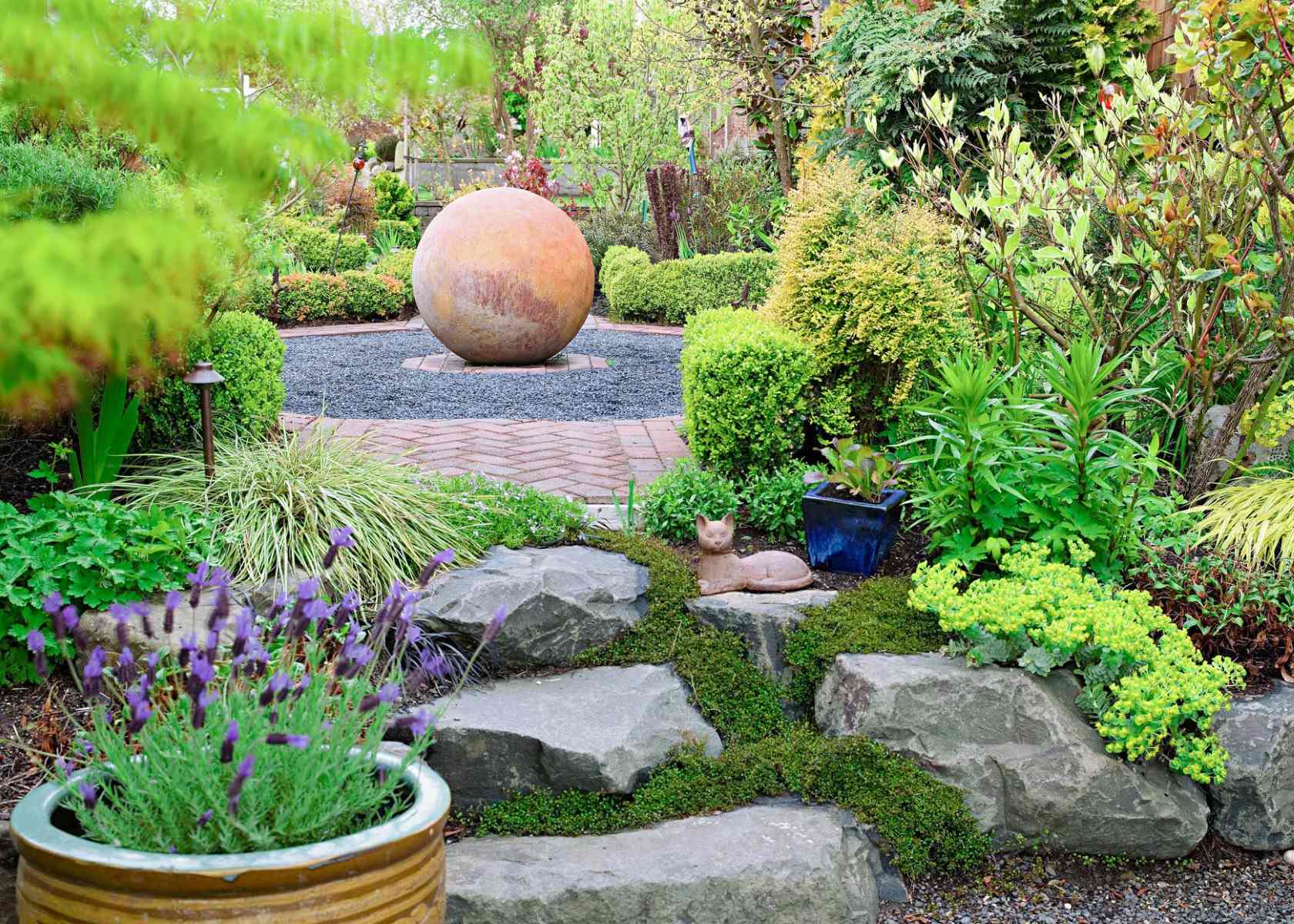
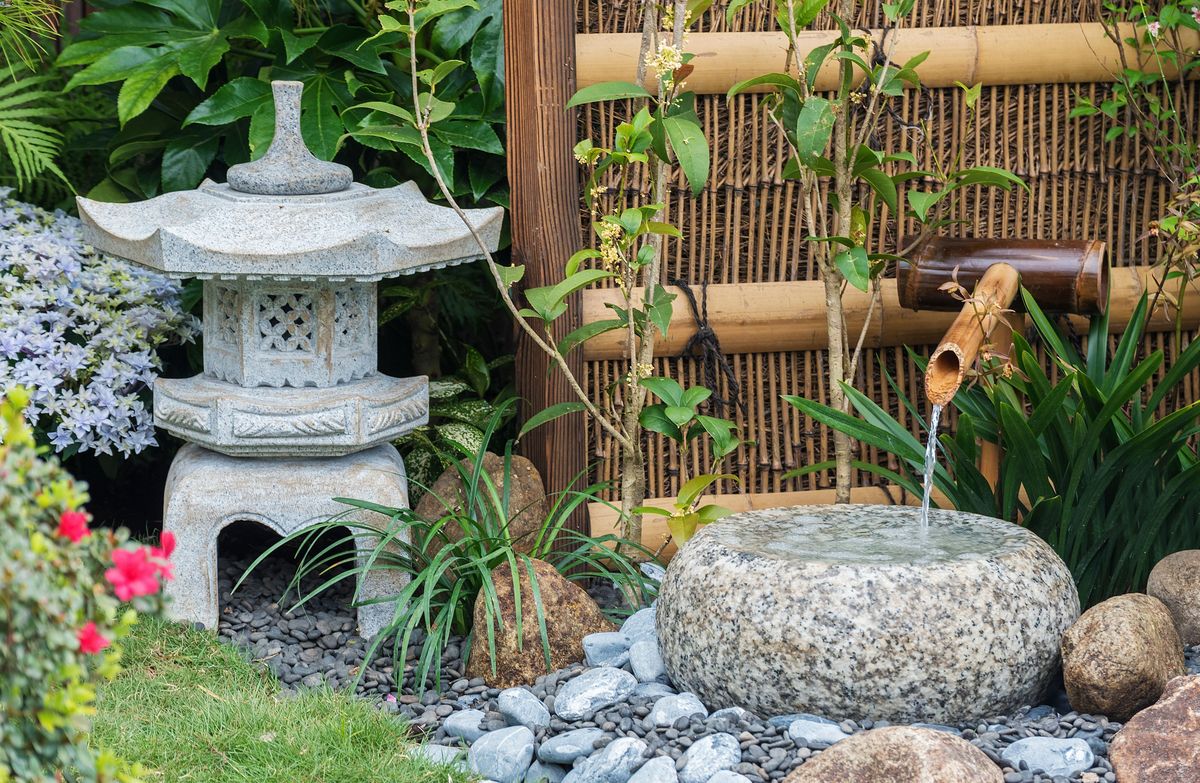
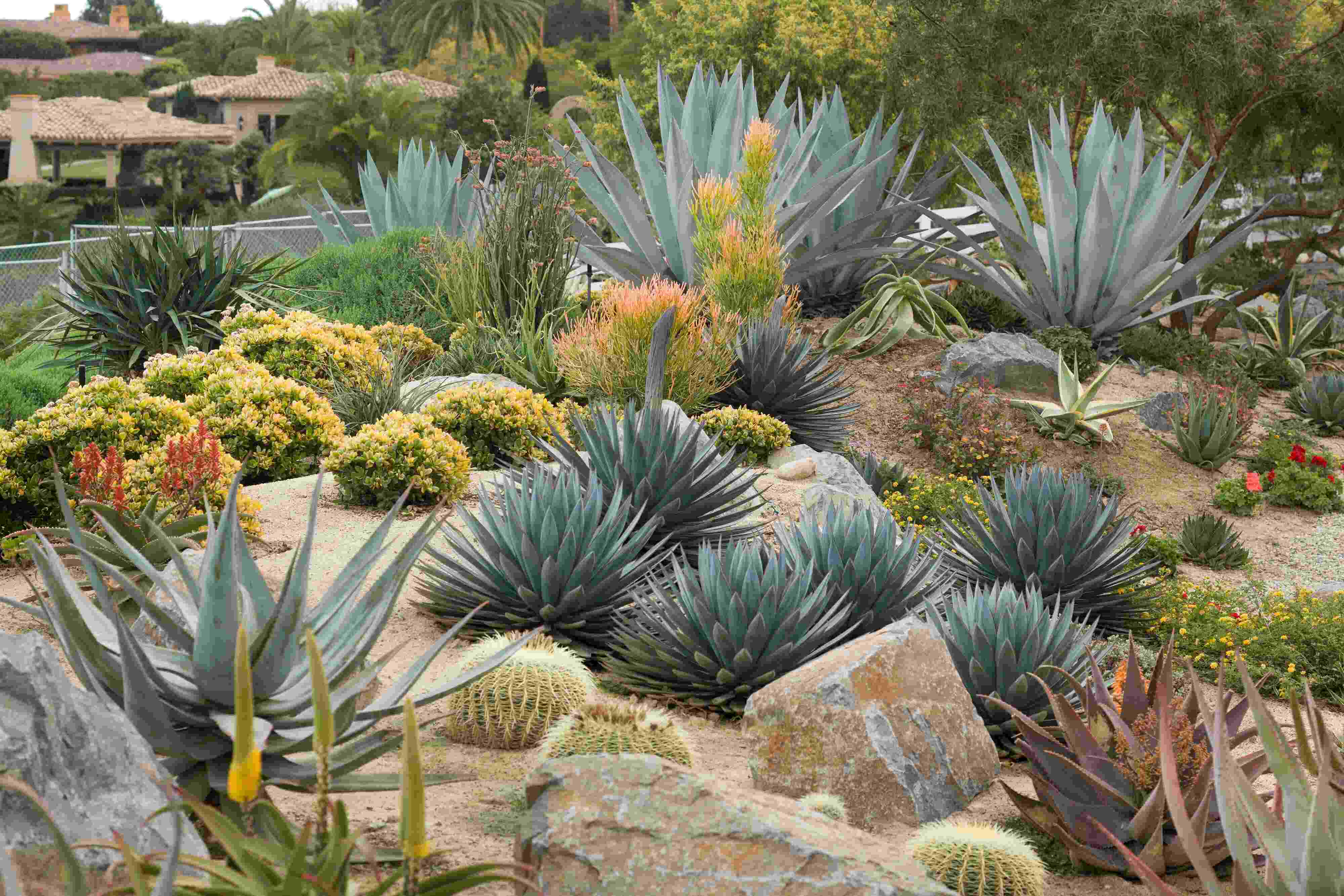
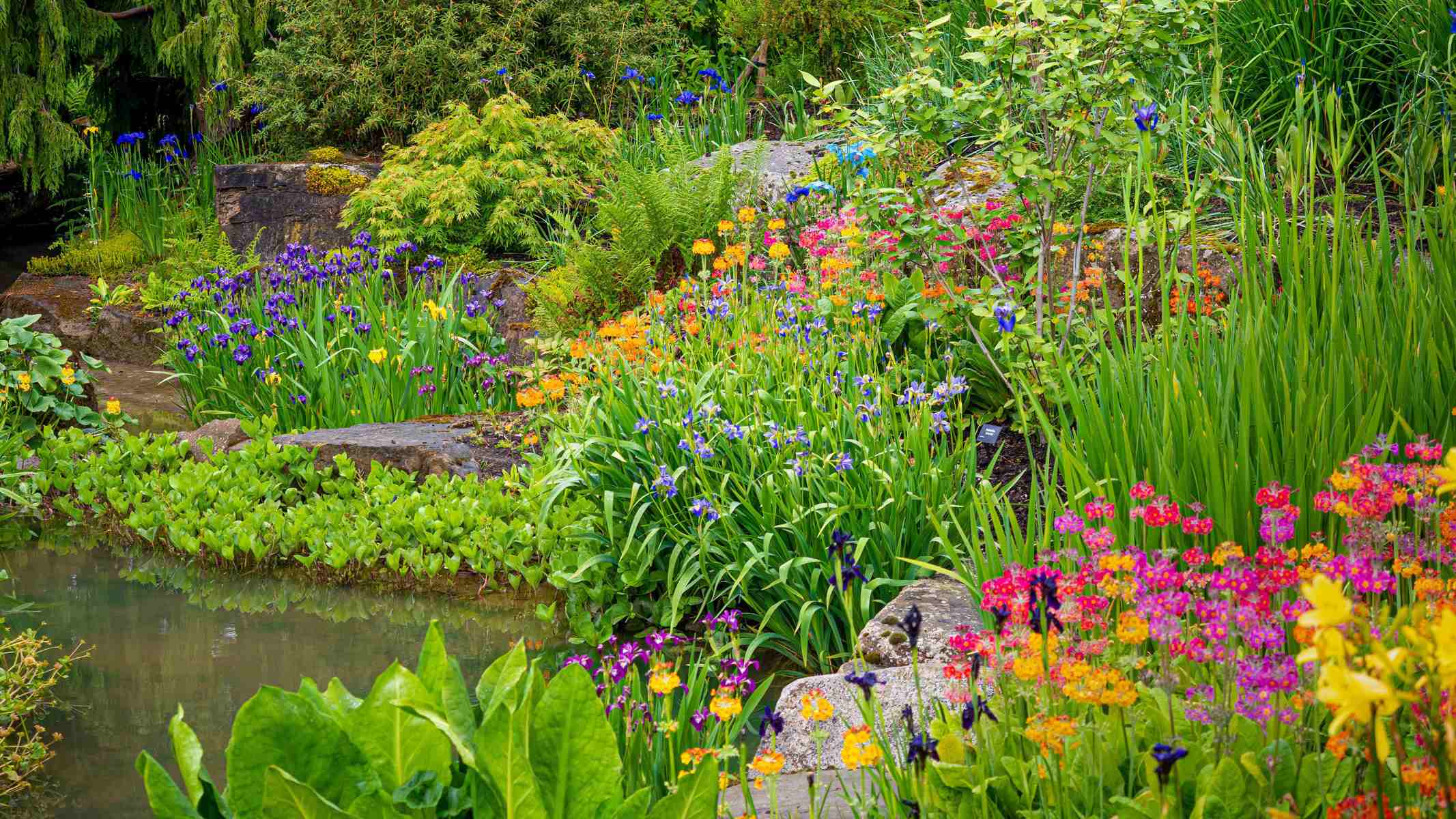

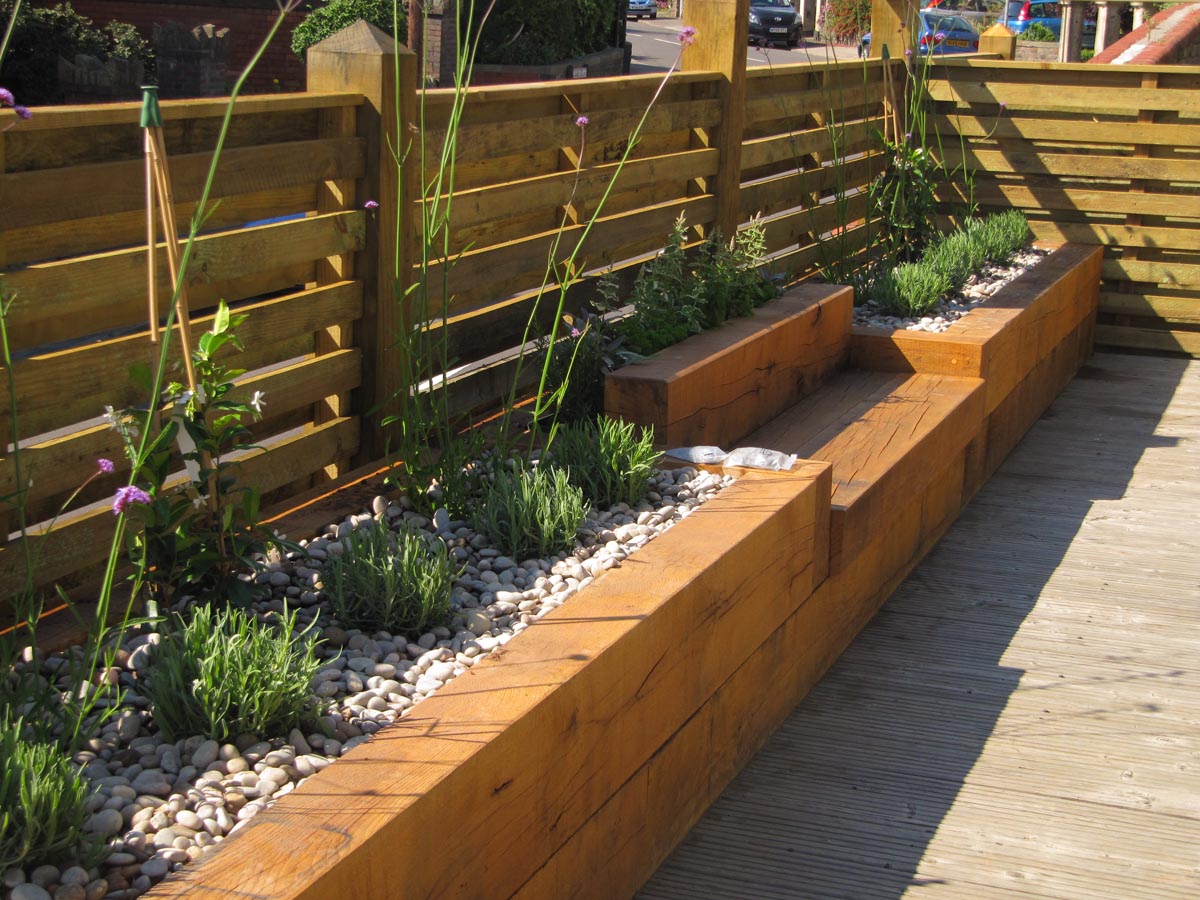
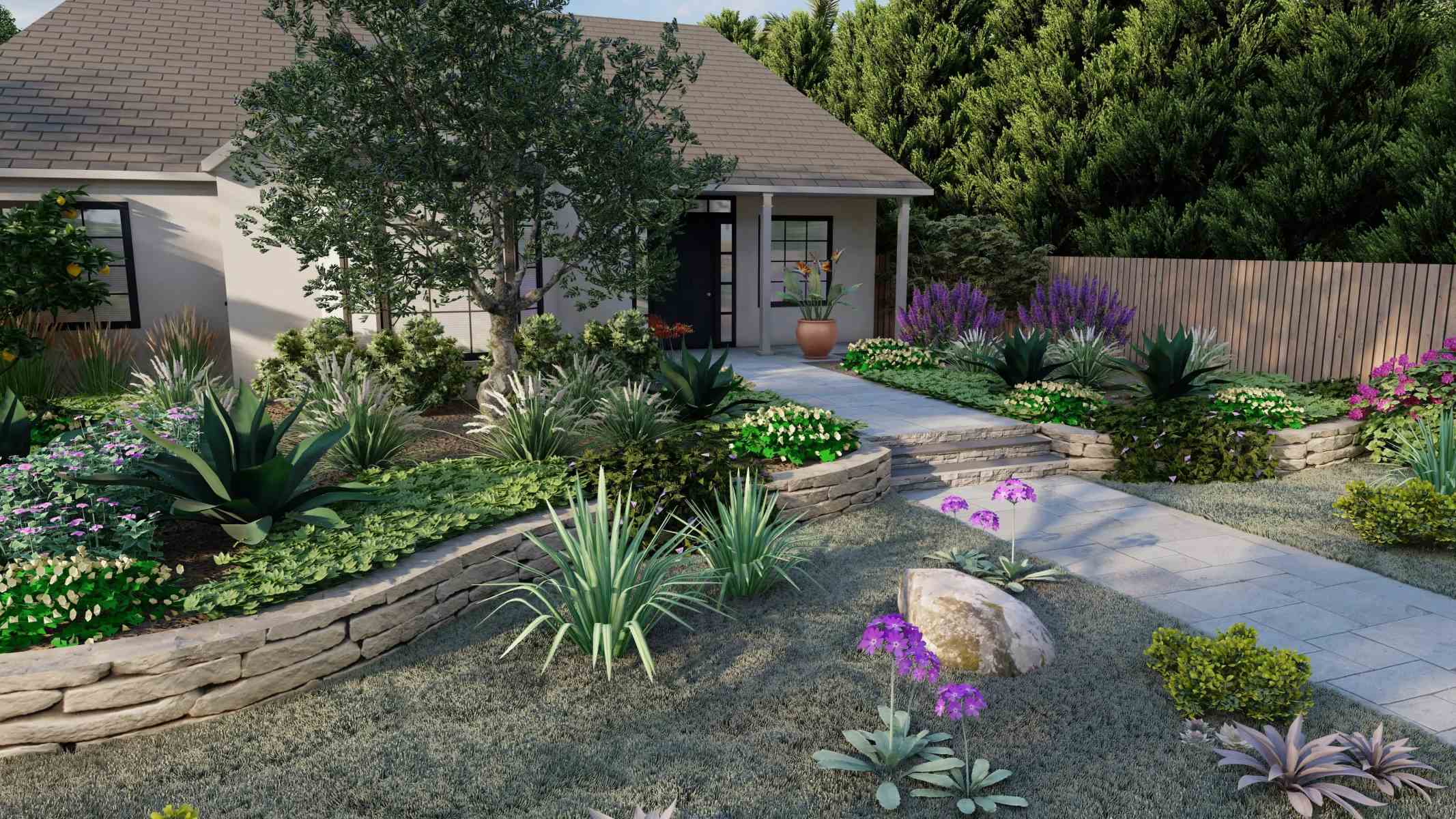
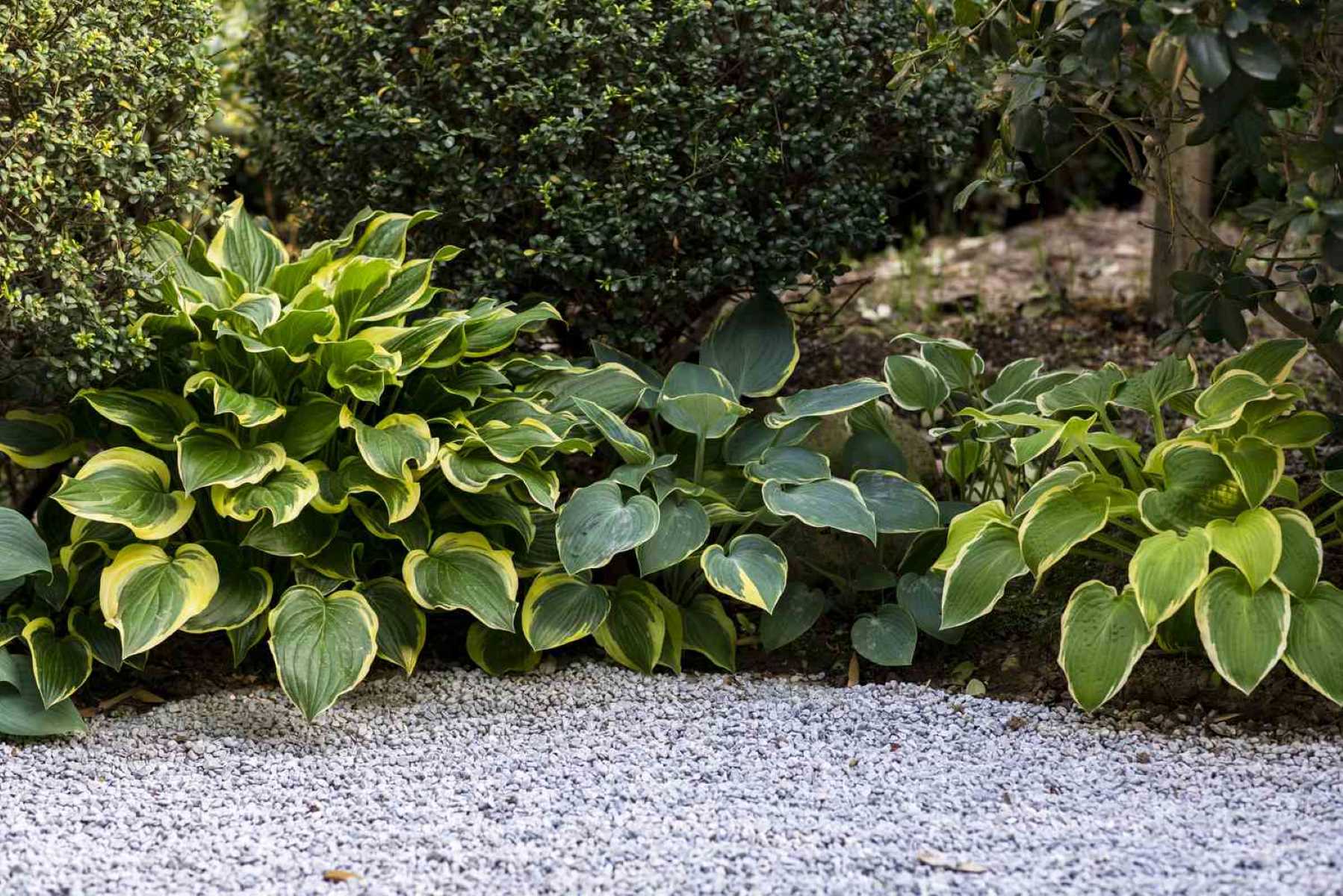
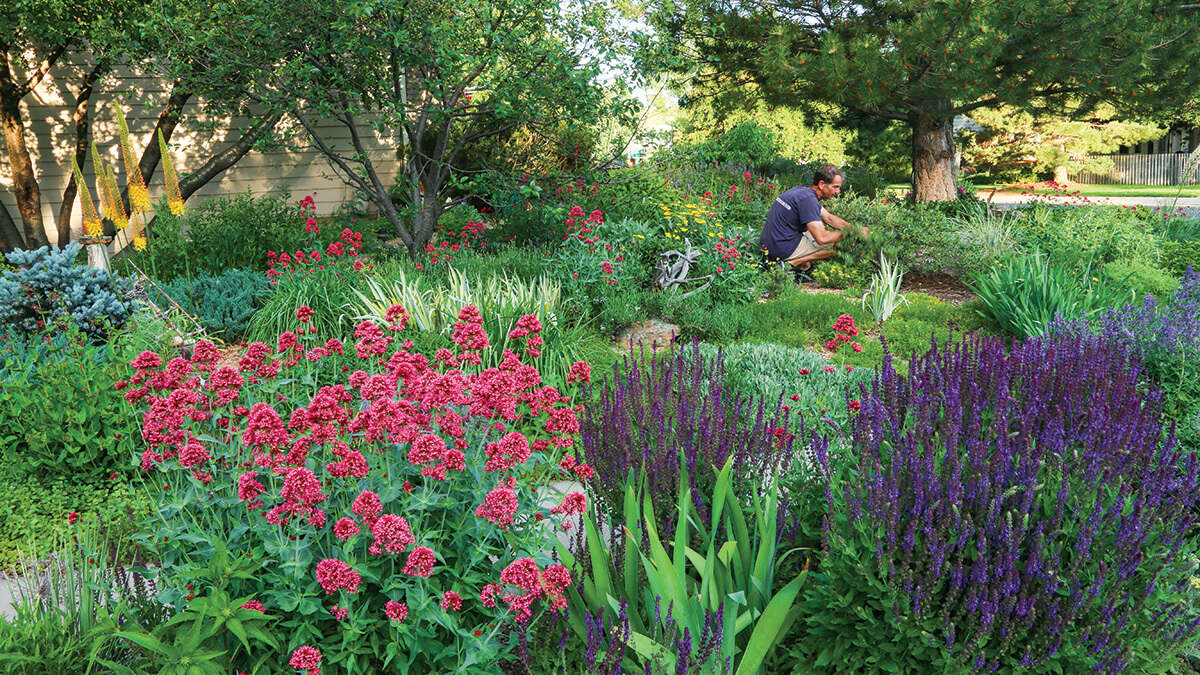
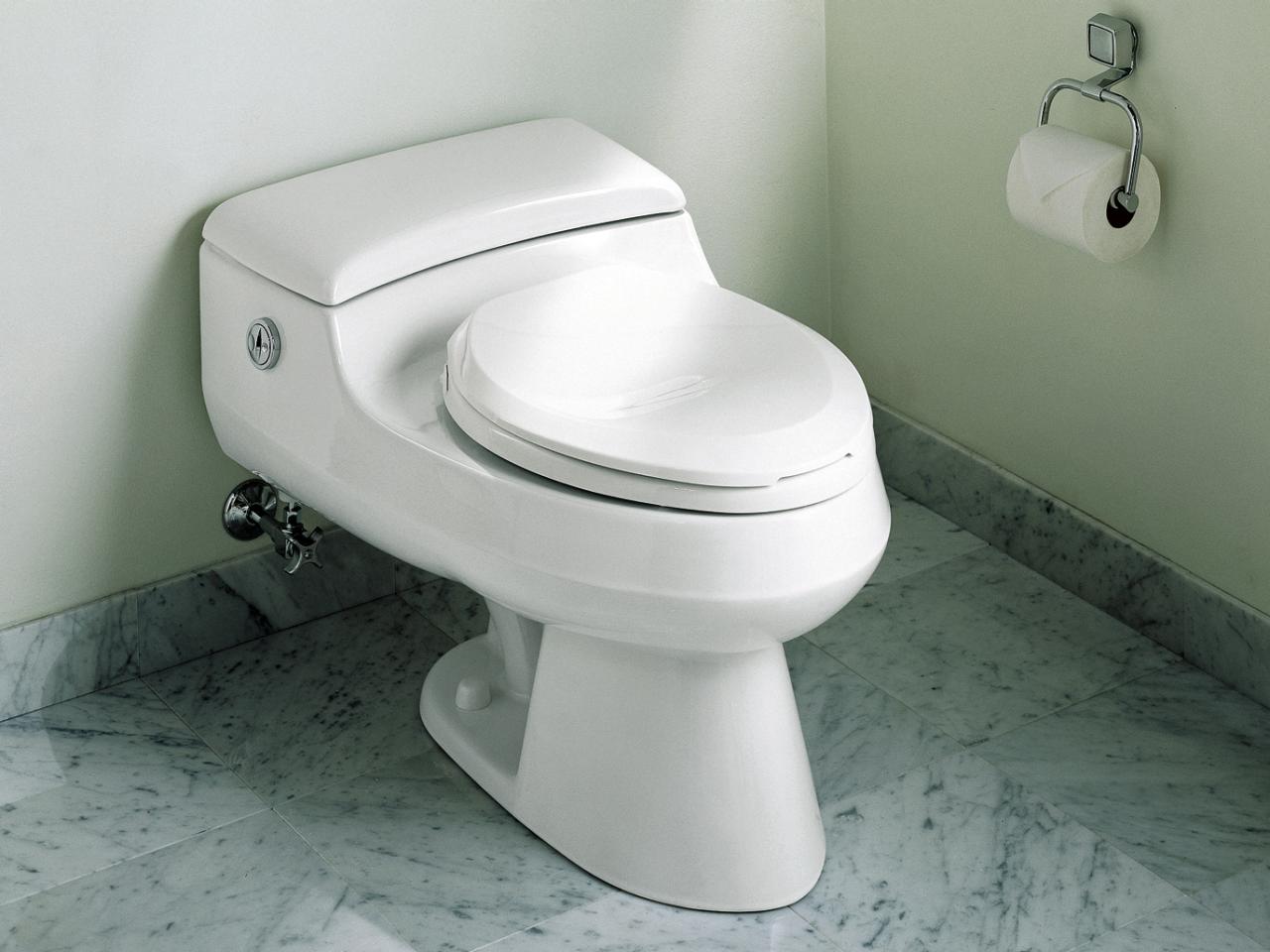

0 thoughts on “How To Design A Low-Water Garden”